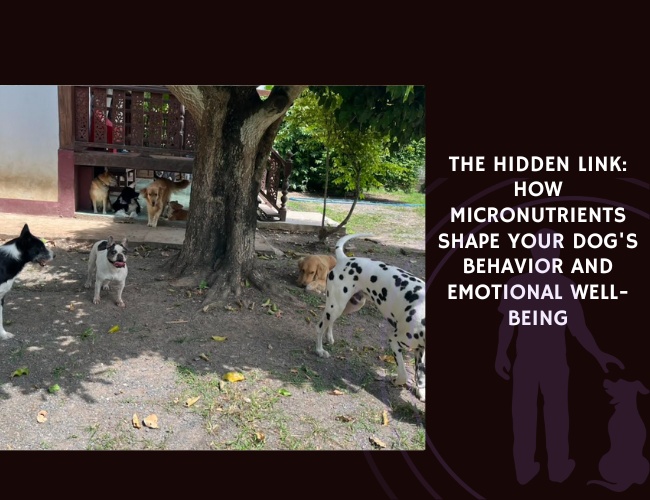Quick Facts about the Brussels Griffon
- Origin: Belgium
- Weight: Males: 3.5–5.5 kg, Females: 3.5–5 kg
- Life expectancy: 12–15 years
- Coat Colour: Red, black, black and tan, or belge (black and reddish-brown mix)
- Breed Group: Toy
With their distinctive human-like expressions and lively personalities, Brussels Griffons are small but full of character. These compact companion dogs have charmed their way from European stables to modern sofas, offering affection, alertness, and surprising depth.
Brussels Griffon History
Originating in Belgium, the Brussels Griffon began as a rough-and-tumble stable dog tasked with rat control. Through selective breeding in the 19th century with Pugs, Affenpinschers, and King Charles Spaniels, the breed evolved into a toy companion dog with three varieties: the Brussels Griffon (rough coat), the Belgian Griffon (smooth coat), and the Petit Brabançon.
Their expressive face gained popularity among European aristocracy, and they later earned cult status in modern culture thanks to appearances in film and TV.

Brussels Griffon Temperament
Bold, sensitive, and intelligent, the Brussels Griffon forms intense emotional bonds with its people. These dogs thrive on attention and can be vocal or needy if left alone for long periods. Despite their small size, they act like big dogs—with alertness, curiosity, and a protective streak.
Their watchful nature makes them excellent alert dogs, though not aggressive. They are happiest when part of daily life and routines.
Note: Brussels Griffons are emotionally perceptive and can become anxious in chaotic environments or when subjected to rough handling.
Health and wellness
This breed is generally healthy, but has some vulnerabilities due to its flat-faced anatomy and small frame. Proper dental hygiene, eye care, and avoiding extreme heat are essential. They don’t require strenuous exercise but do benefit from daily activity and mental stimulation.
Significant problems:
Brachycephalic airway syndrome
Patellar luxation
Cataracts and corneal ulcers
Syringomyelia (neurological disorder)
Periodontal disease
Life expectancy: 12–15 years
🔍 Looking to go deeper into dog training?
Use these categories to explore targeted guides and articles on canine behavior, nutrition, obedience, entertainment, and more.









